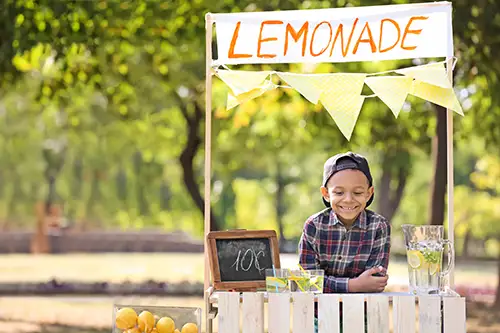
Studies have shown that nature has helped people cope with isolation over the past year. There are a number of health benefits that scientists continue to explore linking the great outdoors to our wellness.
1. Physical Wellness
Being outside in green spaces supports an active and healthy lifestyle, which has shown to increase life expectancy, improve sleep quality and reduce cancer risk.
Many of the benefits afforded to us by green spaces partially results from more opportunities to be active. Being in outdoor green spaces can increase a person’s motivation, too.
For example, some studies have shown that natural outdoor environments in urban spaces are more enticing for physical activity and are more likely to motivate people to exercise, leading to higher levels of fitness.
Studies also show that being outside in nature is relaxing, reducing our stress, cortisol levels, muscle tension and heart rates – all of which are risk factors for cardiovascular disease.
Along with supporting physical wellness, nature also bolsters mental wellness in the individual.
2. Mental Wellness
There are many mental wellness benefits associated with being outside in green spaces, such as lower risk of depression and faster psychological stress recovery. Studies have shown that being in nature can restore and strengthen our mental capacities, increasing focus and attention.
Another major component of mental health is social connection. The outdoors serves as a venue to come together with friends and family and connect with the larger community.
This togetherness is especially important for us now. We are finding that isolation is a killer, and that the outdoors really provides that space for us to come together under trees or to walk together along trails.
3. Wellness in the Community
Access to nature can benefit entire communities such as reducing environmental stressors commonly found in cities: air pollution, noise and heat.
Cleaning and greening has also been shown to reduce overall neighborhood crime by 13% and reduce nearby residents' feelings of depression by 41%.
Nature in densely populated areas also has been shown to affect how people interact with one another. Neighborhoods that receive tree plantings or other greening initiatives, that people tend to have better attitudes towards their neighbors, which in turn often results in better relationships.
Conclusion
Whether it is a park in your neighborhood or exploring the vast landscapes of national forests and grasslands, there are benefits to be had when we step outside.
Source: fs.usda.gov





